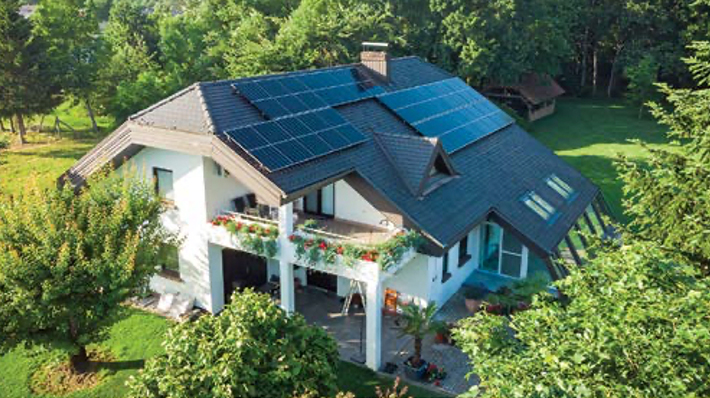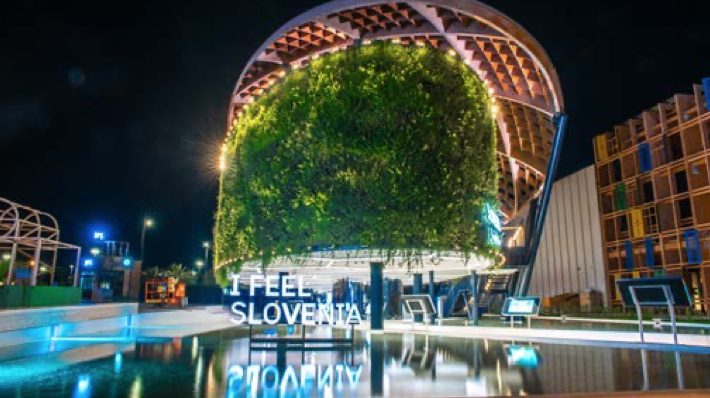
Slovenia: Green, smart and creative
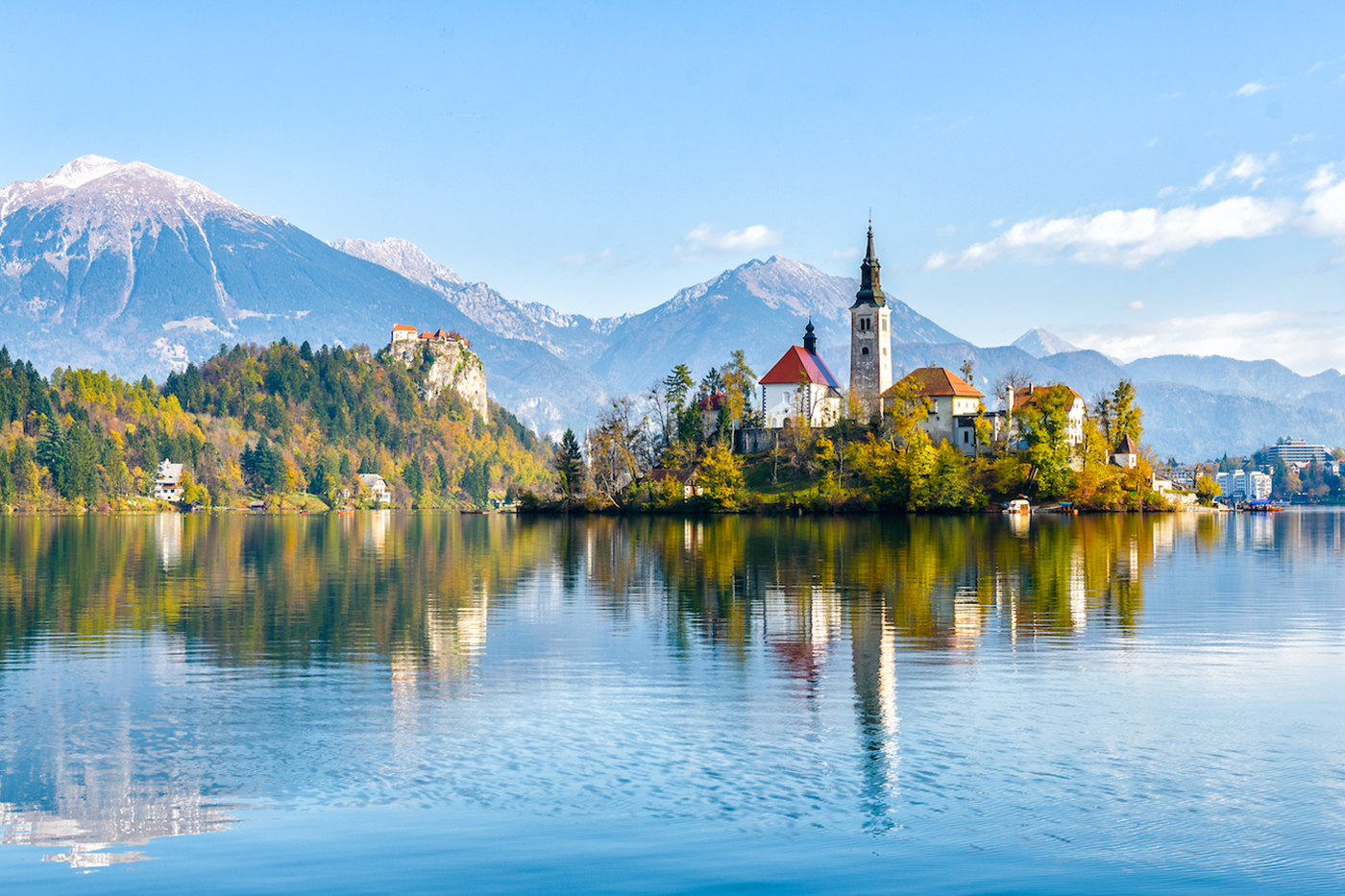

The Southeast European nation celebrates its 30th anniversary as one of the most advanced and sustainable economies in its region.
At the heart of Europe geographically, tiny Slovenia is also at the center of the European Union’s efforts to engineer the bloc’s economic recovery from COVID-19 this year. Over two- thirds of the way through its presidency of the EU Council, has it realized the main goal it had when it took on that responsibility in July?
The first priority of Minister of Finance Andrej Šircelj was to gain council approval for the 27 EU member states’ Recovery and Resilience Plans, which could see a combined €800 billion being invested in those countries’ economies. By the end of October, 22 plans had already Slovenia’s. Šircelj insists the EU funds will allow member states “not only to recover from the COVID-19 crisis, but also to create a resilient, greener and more digital, innovative and competitive Europe.”
Slovenia has a headstart in all of these areas. According to the Inter- national Monetary Fund, although its gross domestic product contracted by 4.2 percent in 2020 to fall to €47 billion, it has wiped out those loses and could achieve growth of 6.3 percent this year. “Slovenia’s response to the pandemic was very swift, our measures were efficient, and the financial and economic data shows that we are on a good path to recovery—our unemployment level is currently lower than it was before the pandemic, for instance,” says Šircelj. “In addition, our position on the capital markets is strong, our ratings are good and we’re recognized as a very stable and trustworthy country in the long term. In 2021, we issued a new 60-year government bond with 0.7-percent yield and a new 10-year benchmark bond at a negative yield, and demand was ample across the two tranches.”
A major reason for the country’s rapid return to robust growth is that it has transformed its economy toward innovative, sustainable and high-tech export sectors over the 30 years since it gained its independence from the former Yugoslavia. “Slovenia is a small and open economy, highly exposed to foreign trade, international transport and communication. We have a strategic position in the middle of Europe and, as the most western of the Slavic countries, very strong connections with Western Europe. Our export-oriented position was developed as a consequence of losing the Yugoslav market, which forced us to do more business with EU countries and the rest of the world. Today, exports are the main driver of our economy and we reached almost €33 billion from exports of goods and services in 2020,” explains Sibil Svilan, president and CEO of SID Bank, the country’s promotional development and export bank.
Blaž Brodnjak, CEO of NLB, Slovenia’s largest international financial group, expands on this: “Even during the pandemic’s heaviest lockdowns, the production part of our economy was functioning and, today, we are looking at full utilization of capacity in the productive sector. There is now a demand for investment loans to expand capacity, and for automation, robotization and digitalization, which have become the name of the game in Slovenia.” He reveals that even the service industries worst hit by the crisis have come through it in great shape. “The hospitality sector was shut for six months, but Slovenia was in a good enough position to keep these businesses alive and this summer the sector was booming. It became impos- sible to book a room on our Mediterranean coast or visit our spas!”
The country offers numerous advantages that not only help its domestic businesses to thrive but are also attracting increasing numbers of foreign investors, notes Šircelj. “Our tax system is modernized, simple, efficient and stable, for instance. Slovenia also has an adequately capitalized and robust banking sector, a competitive and well-diversified economy, a strong health system, a good educational system, and we encourage companies and in- vestments with many incentives.”
Svilan provides another perspective on why it is such an enticing place to be based: “Our workforce is our greatest asset. Slovenia has a well-edu- cated workforce with high labor productivity compared to other countries in this part of Europe. We are also one of the safest and greenest countries in the world—the quality of life is very high here.”
That quality of life is set to rise even further as Slovenia starts to imple- ment its own EU Recovery and Resilience Plan. “These EU funds will complement our national budget. We will support green and digital projects, strengthen health and social systems, support research and development, and also encourage education, reskilling and lifelong learning. I’m looking at the future with realistic optimism,” asserts Šircelj.
A strategic location at the heart of Europe
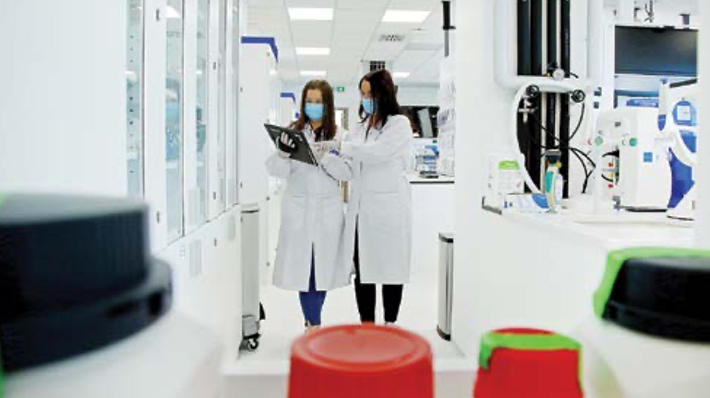
Thriving life sciences, led by pharmaceuticals
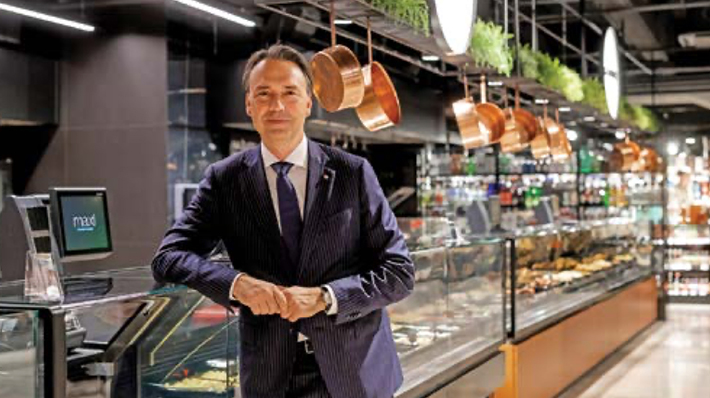
Retail innovators provide support through crisis
READ FULL ARTICLE
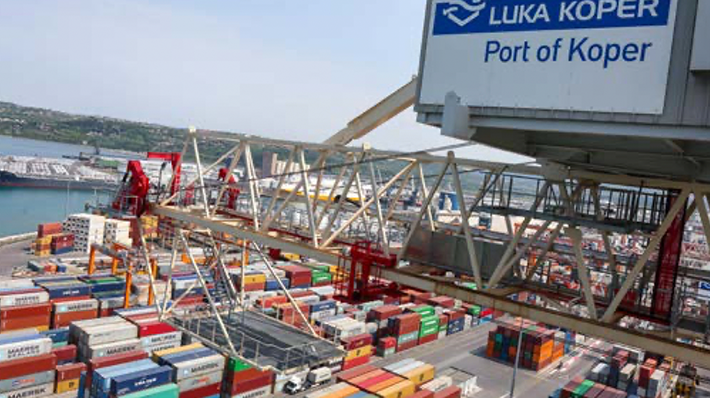
A strategic location at the heart of Europe
READ FULL ARTICLE
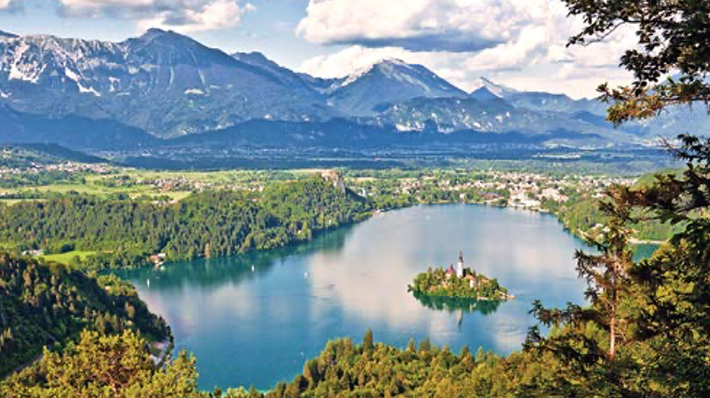
5-star eco-friendly tourism destination
READ FULL ARTICLE
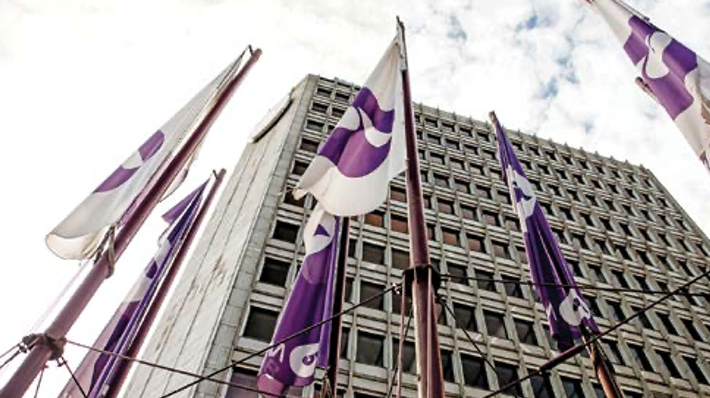
Banks empower Slovenia’s green transition
READ FULL ARTICLE
